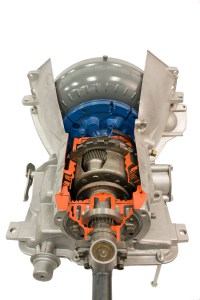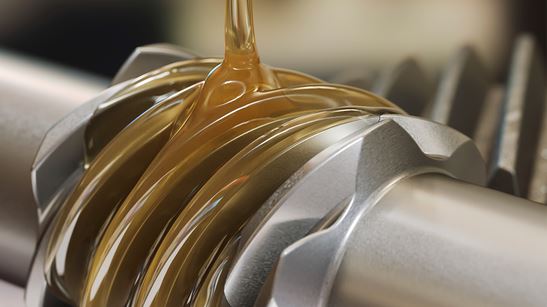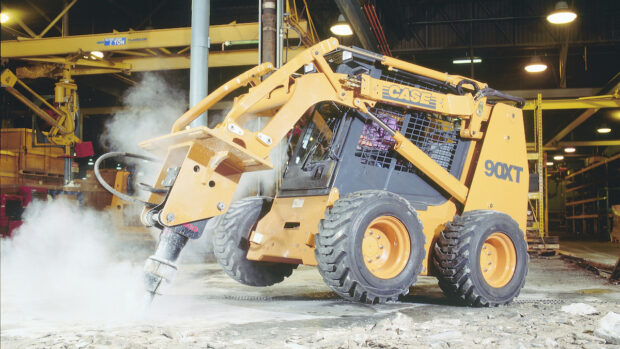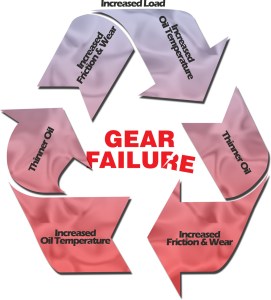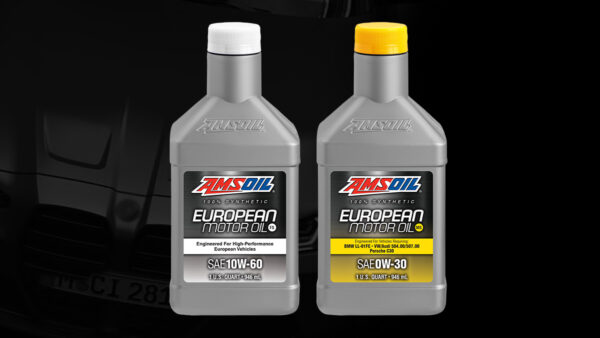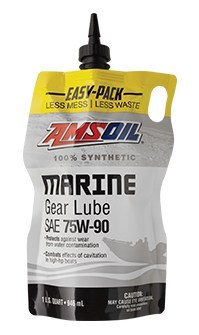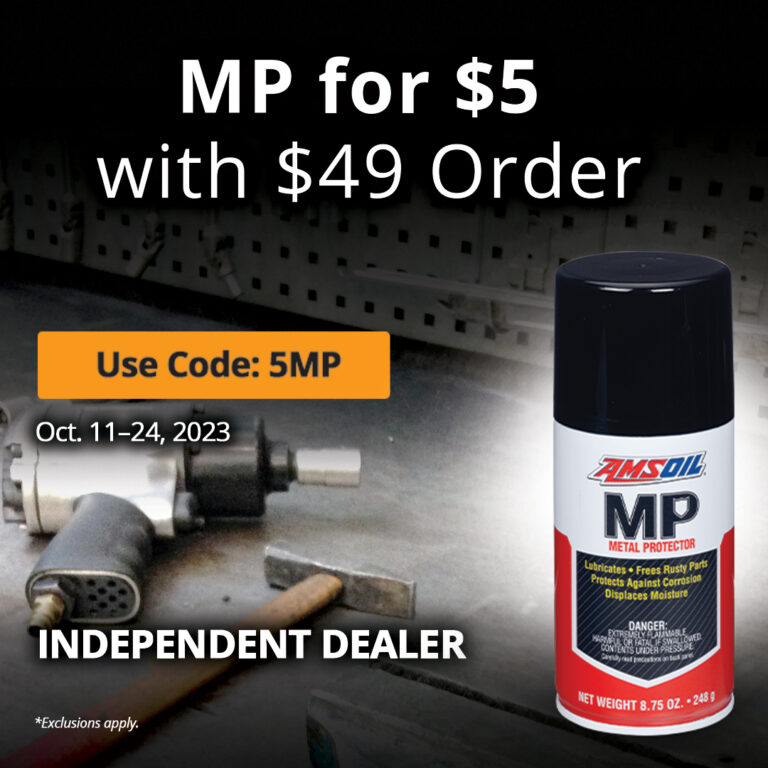Best Practices for Your Zero-Turn Mower
First, we’ll start with a question. How did we survive before Zero-Turn mowers? What did they do in the 50’s? Did they not cut the grass?
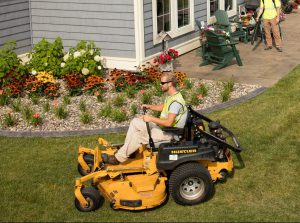 Here at AMSOIL, we’re always investigating ways we can help you get the most out of your vehicles and equipment. One example includes the zero-turn mowers used by landscape professionals.
Here at AMSOIL, we’re always investigating ways we can help you get the most out of your vehicles and equipment. One example includes the zero-turn mowers used by landscape professionals.
I haven’t used one personally, but I chatted with AMSOIL Product Specialist Josh Kimmes about his firsthand experiences operating zero-turn mowers while working for a landscaping business in college and for his personal use.
How they work
Zero-turn mowers have been a staple for landscape professionals for several years and have recently gained popularity among lazy homeowners with large lawns. Their advantage comes from the ability to make sharp turns with swiveling front wheels and independent rear wheels.
The machine is typically controlled by a series of belts, pulleys and hydraulic controls that the user operates with control levers. They cut closely along the edges of shrubs, flowerbeds and other obstacles, decreasing the need for extra trimming.
They’re especially convenient when mowing around trees and making 90-degree turns since you don’t have to engage the clutch several times to go backward and forward, saving time and making the job easier.
Safety
Zero-turn mowers do have downsides. Steep slopes are a hazard and many manufacturers warn about potential rollover risk. Josh knows about this all too well as he once had a zero-turn flip while mowing up a steep hill.
“Pops had cleared land behind our house that was a winter sledding hill. In the summer it had to be mowed since it was part of our yard. Well, it was so steep that we had to test out four different zero-turn mowers just to find the one with the right amount of weight in the front to ensure momma wouldn’t flip tumbling down with the mower when she used it. Of course in this scenario, I was the test dummy.”
Many models have roll bars and seat belts to help prevent injury.
As a best practice, consult your owner’s guide when dealing with slopes more than 10 degrees, especially if the grass is wet. Avoid side mowing, especially if there’s standing water or a drop-off at the bottom of the slope. In these cases, a push mower or trimmer is likely the best way to go. As always, it’s best to use proper hearing protection.
Maintenance
Last month, Ed Newman wrote about the TLC of lawnmowers. This applies to zero-turns as well. A properly maintained zero-turn mower can deliver years of reliability, even after having logged several hundred hours.
Here are a few maintenance tips:
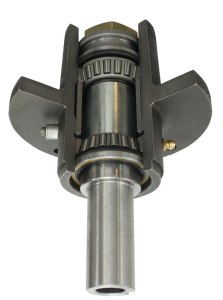 Belts are one of the biggest maintenance issues with zero-turn mowers. To keep the belts working well, keep the outside of the deck clean and periodically clean the underside of the deck of clippings and debris. Keeping the deck clear will help prevent the belts from getting beat up. Consider coating the deck and blade with AMSOIL Heavy Duty Metal Protector to keep out water and dirt. Be sure to periodically check the pulleys and belts for wear and replace them as needed.
Belts are one of the biggest maintenance issues with zero-turn mowers. To keep the belts working well, keep the outside of the deck clean and periodically clean the underside of the deck of clippings and debris. Keeping the deck clear will help prevent the belts from getting beat up. Consider coating the deck and blade with AMSOIL Heavy Duty Metal Protector to keep out water and dirt. Be sure to periodically check the pulleys and belts for wear and replace them as needed.
Zero-turn lawnmower spindle
Spindles are another component that needs attention. Commercial-grade zero-turn mowers often require proper greasing of the spindle to ensure the blades rotate properly. Grease spindles using AMSOIL Synthetic Water-Resistant Grease to protect against metal-to-metal contact and resist washout in wet conditions, reducing the need for frequent greasing. Don’t forget about it!!
Many commercial-grade zero-turn mowers also use a hydraulic transmission that uses oil pressure to drive the wheels in different directions and at variable speeds. Heat exposure leads to sludge and varnish formation that degrades performance, resulting in rough operation and poor control that frustrates operators and leads to hydrostatic transmission wear and expensive repairs. And guess what? We have the greatest fluid dedicated for these transmissions. Our dedicated 20W-50 hydrostatic transmission fluid ads to performance. Heat fade, wear and deposits are all combated with the dedicated formulation.

